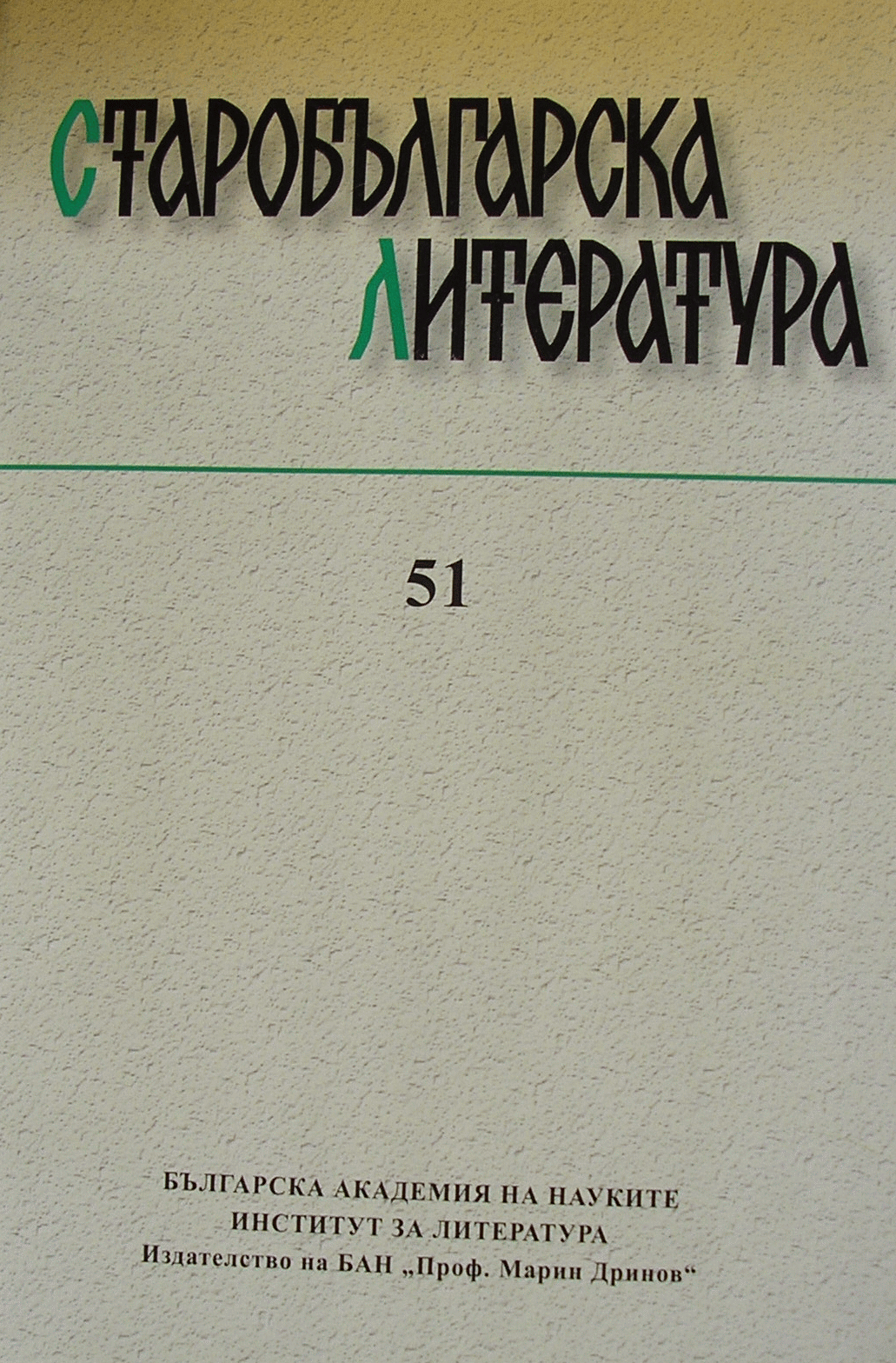
We kindly inform you that, as long as the subject affiliation of our 300.000+ articles is in progress, you might get unsufficient or no results on your third level or second level search. In this case, please broaden your search criteria.

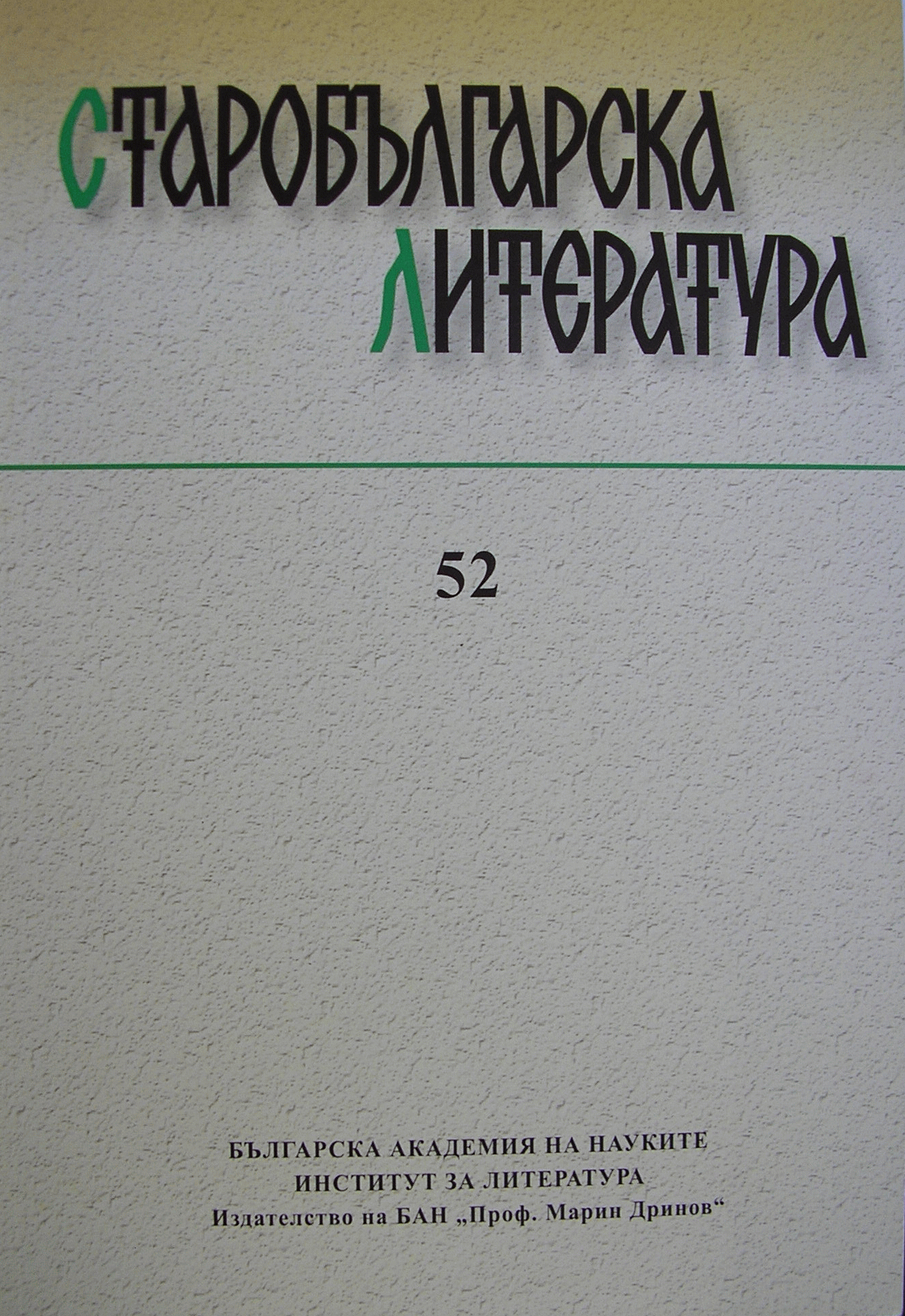
St. Mark the Ascetic (4th century) is one of the most famous Egyptian anchorites. His writings are often included in monastic collections in both the Byzantine and Slavic traditions. The Epistle to Nicholas is particularly popular because it explicates the rules for an ascetic life. The earliest Old Church Slavonic translation dates from the 10th century and is preserved in a miscellany from the Hilandar monastery No. 382 from the 13th–14th century. While part of the corresponding folia in the Hilendar codex has been lost, MSS 72 (14th c.) and 310 (16th c.) from the Library of the Rumanian Academy (Bucharest), which go back to the same group of manuscripts, allow us to reconstruct the archetype. The selective translation adapted from the Greek original illustrates well the work of the medieval Bulgarian bookman. In the 14th century, a new version of the same text was created in Bulgaria, as attested in MSS Hlud 237 and Vienna 42, which was the result of a new collation of the Old Bulgarian translation with the Greek text. The Slavonic tradition of this text is an example for the existence of multiple translations and versions of one and the same work in old Slavic florilegia.
More...
The atricle addresses the canons for the Bodiless Powers that appear in the Menaion for the feasts under November 8 (Synaxis of Archangel Michael and the Other Bodiless Powers), September 6 (The Miracle of Archangel Michael at Chonae), March 26 (Synaxis of the Archangel Gabriel), and July 13 (Synaxis of the Archangel Gabriel). We examine the Slavonic translations of these Greek works made in a Slavic milieu and the transmission of their manuscripts. Special attention is paid to the only two original Slavonic canons that are known to scholars to date: the anonymous Просвѣщьи древле ѹмꙑ and the canon by Constantine of Preslav, Припадаѭща мѧ боже приими щедротами си. The data for each individual work – its manuscript tradition, the extent of preservation and substitution of strophes from other canons work – allow us to draw conclusions about the time when the Greek canons were introduced into the Slavonic context and the way the original works were disseminated immediately after their composition work – a time from which we have no direct manuscript record.
More...

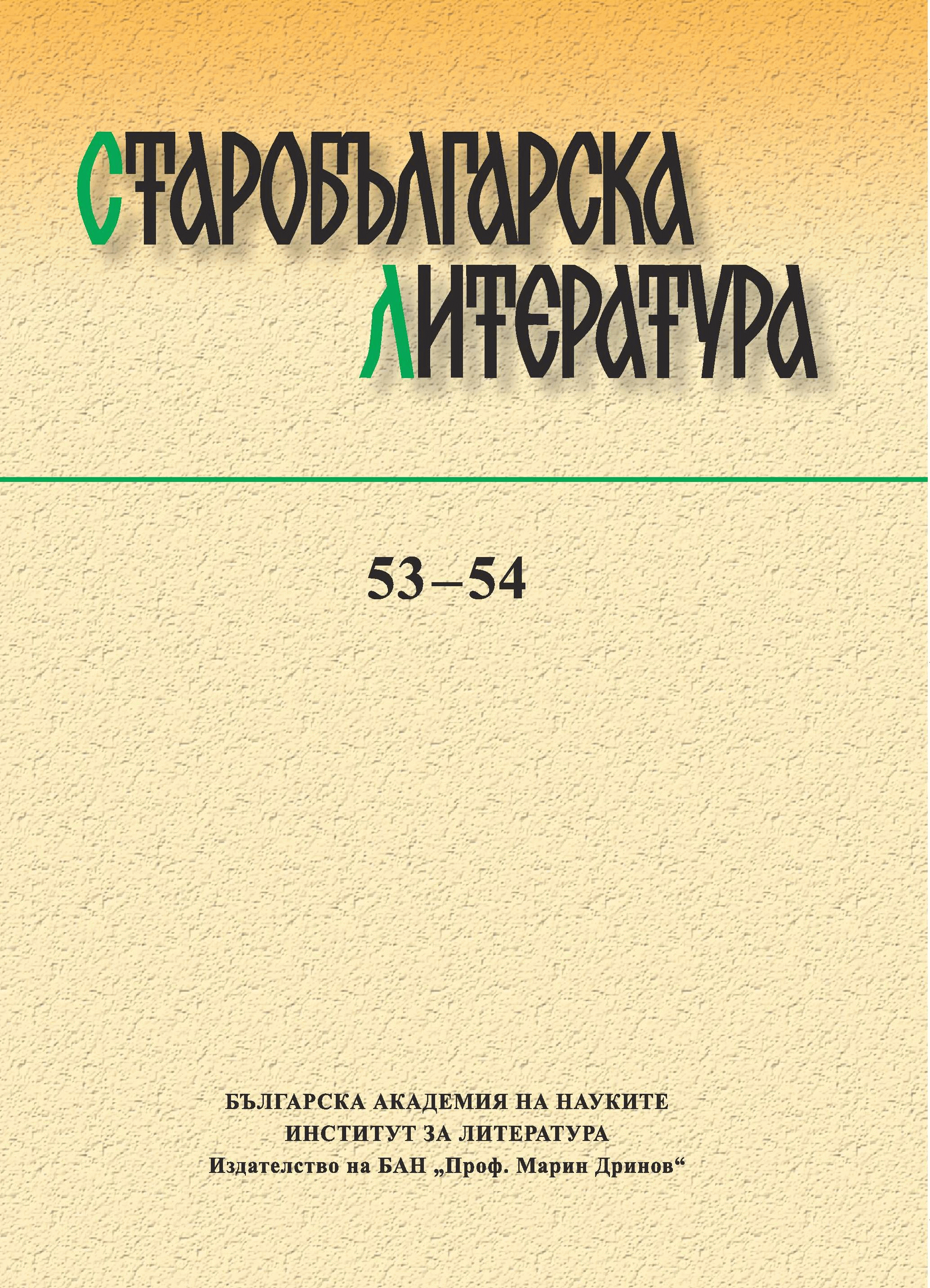
Ms. Sl. 156 (RA156) is an extensive Pentecostal Panegyric which includes texts from Holy Week through the Sunday of All Saints. The manuscript is incomplete, but its largest lacuna has been filled up from a miscellany of fragments in the collection of P. A. Shchukin, the State Historical Museum in Moscow. The fifth fragment of Shchuk 369 (Shchuk 369/V), located on Fol. 56r-68v according to the general foliation of the textual body, comprises folia that have been extracted from two different parts of a single jer manuscript. The first group of texts is related to Thomas Sunday (10 fol.), the second to Ascension (3 fol.). The manuscript dates from the 1320s-1330s. It has no jers and was written on Mt. Athos, then evidently transported to Romania by Paisii Velichkovski. This codex reveals a notable correlation between the orthography and the arrangement of the texts within each cycle of feasts, which sets it apart from other known South Slavic panegyrica and suggests that there could have been more than one protograph of the Pentecostal Panegyric.
More...
This paper proves that Jan Hus and Constantine Kostenečki—two refromers of the early 15th c. whose activities seem to be rather similar at first sight—had completely different approaches to the language question. Jan Hus was a pioneer in his fight to introduce the Czech language as a language of the Holy Scriptures, whereas Constantine Kostenečki strived to reform a written language with more than a five-century long history. Unlike Hus, who according to the extant sources hardly knew anything about Serbia, Constantine had enough information about the Hussite movement and the political situation in the Czech lands, since his sovereign, despot Stefan Lazarevič, was a vassal to the Hungarian King, Holy Roman Emperor Sigizmund, and took part in the anti-Hussite military campaign of 1421. And even though Constantine created the norms of Resava School which for centuries influenced the Orthodox written tradition while Hus’s ideas came to fruition only after his death, Constantine Kostenečki remained deeply rooted in the Middle Ages whereas Jan Hus came to be seen as a precursor of the Modern Age.
More...

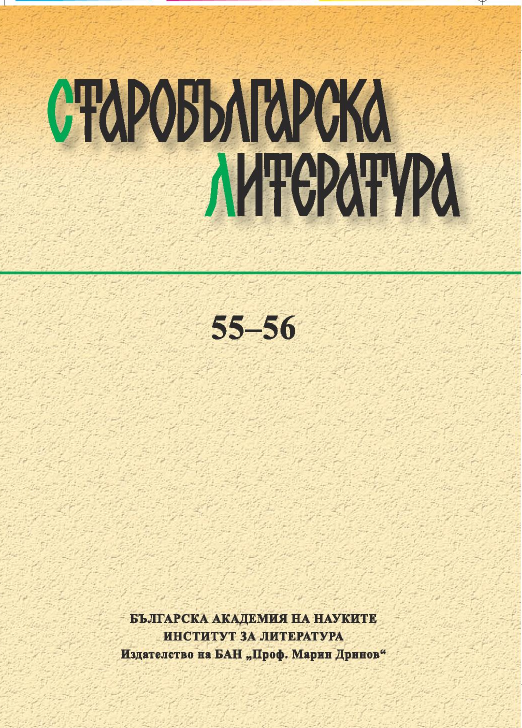
This article goes back to the dawn of Byzantine Studies and takes a look at several periodicals and prefaces to editions from the years 1892–1904. One of the main objectives of the article is to follow the scholarly debate between Karl Krumbacher (1856–1909) and Ludwig Radermacher (1867–1952) on the methodology of editing Byzantine texts. From Krumbacher’s criticism and Radermacher’s response one can single out the main issues in dealing with Byzantine manuscripts. And since Krumbacher – the founder of modern Byzantine studies – was a prolific and diligent reviewer, his critical reviews and other writings reveal his stand on this topic. This is the other, more general purpose of the paper – to collect and summarize Krumbacher’s editorial principles. They set a standard that is still in use in medieval studies today. At the same time, even 120 years later, new manuals on editing medieval texts keep emerging, addressing practical as well as theoretical problems.
More...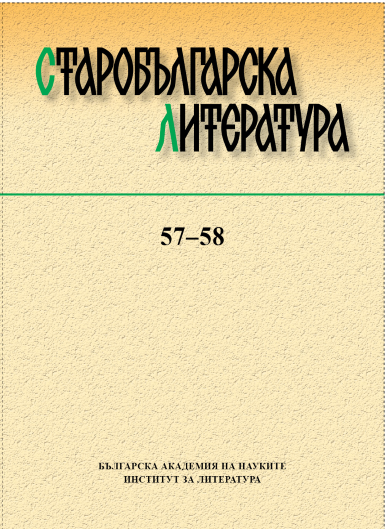
The article studies the South Slavonic tradition of the biblical Book of Genesis, preserved in eight copies from the 15th–16th century. The orthographic and phonetical features, text structure, and the segmentation of the text by headings in all known South Slavonic copies point to a common Middle Bulgarian hyparchetype (х1) of Turnovo provenance, dating from the fourteenth century. This hyparchetype apparently had mechanical defects – missing or misplaced book chapters from the Оctateuch, and included as interpolations at least two excerpts from Palaea Historica and three unidentified non-Biblical fragments. Significantly, it segmented the text of the Book of Genesis (Оctateuch) by means of interpretative titles that, in addition to their exegetic function, most probably had a liturgical role. These headings were secondary to the translation and could be attributed to scolarly activity in Turnovo. The Middle Bulgarian hyparchetype (х1) generated at least two copies that turned into protographs (P1 and P2). P1 served as the foundation of Wallachian-Moldavian manuscripts (such as GIM–Moscow, Barsov collection, No. 3; Collection of the Romanian Academy of Sciences No. 85; RGB–Moscow, Rumyantsev collection, No. 29), whereas P2 gave rise to the five manuscripts originating from Western Bulgarian lands and Serbia (RGB–Moscow, Grigorovich collection, f. 87, No. 1/М 1684; Library of the Croatian Academy of Sciences and Arts in Zagreb, No. ІІІ.с.17; RGB–Moscow, Sevastiyanov collection, f.270, No. 1/M. 1431; Church-Historical and Archival Institute, Sofia, No. 351; Krushedol Monastery, No. 81). While P1 restricts the additional headings only to the main text, P2 expands their use to the manuscript’s margins as well. P2 includes also a short description and interpretation of the first five Old Testament books.
More...
The paper describes briefly the most important orthographic and morphologic features of MS 1039 from the National Library in Sofia, known as Stanislav’s Menologion. The manuscript contains an old hagiographic collection for September, October and the first eleven days of November that could be traced back to the First Bulgarian Kingdom and the rule of Tsar Petar. The codex appeared in a difficult political and cultural situation after the defeat of the Bulgarian Tsar Michael Shishman in 1330, when a part of the Western Bulgarian lands were subjugated to Serbian rule. The author aims to identify the Bulgarian and Serbian features on orthographic, phonetic and morphological levels in order to establish the hypothetical antigraph of the codex, and concludes, on the base of the analysis, that the compilation was copied from a sophisticated Middle Bulgarian manuscript that shared the linguistic and orthographic characteristics of the Tǎrnovo written tradition before Patriarch Euthymius’ reform.
More...
This publication stems from observations on two texts: the Encomion of St. Philothea of Temnitsa (Polivot), especially its inserted tale about the pious Amun, and the extended version of the Life of St. Paraskeva (Petka) of Tanovo. The author of the article claims that Patriarch Euthimius drew from a great number of Byzantine texts for each of his works, creating complex mosaics of different motifs and themes, never blindly following his sources. These findings make visible both the creative method of the Bulgarian writer and his excellent education, including his familiarity with Greek and Byzantine literature and his skills as a sophisticated reader. They also highlight the way the Patriarch left his personal imprint on his works, for example the hint, in the Life of Paraskeva, that he personally visited the holy spring at the tomb of St. Euthymius in Madytos.
More...
This study deals with Chapter 29 of Constantine Kostenečki’s Treaties on the Letters, which contains a list of “heresies” – several customs and beliefs from the daily life of clergy and laymen – in Serbia around 1400. This chapter still remains fairly cryptic and unexplained, having received little reflection from scholars who have been focused primarily on Constantine’s concepts of orthography and grammar. In this treatise, characterized as “theoretical peroration” (Goldblatt), detailed and explanatory descriptions give way to moralistic lectures and criticism, replete with scriptural citations and commonplace remarks. The contents of the 29th chapter can be understood in terms of social life’s conceptual diversity, which includes dietary habits, segmentation of time, veneration of particular customs and individuals, kinship ties, and aspects of church rituals. These concepts could be mapped onto dichotomies of high/low, official/unofficial, central/local, clerical/lay culture (J. Le Goff, J.-C. Schmitt, Peter Burke), but in many cases they do not overlap with the social strata and classes in the feudal society. Constantine criticizes customs and beliefs that are, more or less, shared by many in the parish and the diocese, from priests and lower clerics to laymen. These cultural models replace the official church practice in the social and religious lives of Belgrade clergy and their flocks—a tendency that Constantine ardently opposes.
More...
The article offers an edition of the First Encomium on St. George by Gregory Tsamblak. It introduces 18 hitherto unpublished witnesses of the text from the 15th through 18th century and incorporates the previous edition from the Great Menologion of Metropolitan Makarius. The Encomium is examined together with texts that are linked to it in the manuscript tradition. Among them, special attention is paid to the Lives and Miracles of St. George, and to sermons and hagiographic texts of Slavonic origin. The author offers a classification of the witnesses according to their textological characteristics. A separate part of the publication deals specifically with some of the rhetorical figures typical for Tsamblak’s style and his preferred strategies for textual organization. The remarks on language shed light on some grammatical and lexicological features of the text. The author concludes that this exemplary work epitomizes the tradition of the Turnovo school from the 14th century.
More...
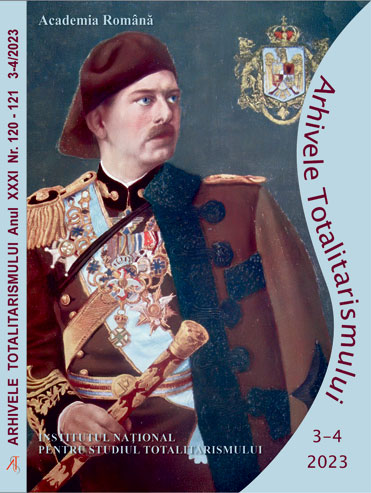
This is a review of the book Hans Bergel, Always looking to Romania, by Cosmin Budeancă, Preface by Florian Kührer-Wielach, Afterword by Ana Blandiana, Cultural Foundation „Memoria” Publishing House and MEGA Publishing House, Bucharest – Cluj-Napoca, 2023, 216 p.
More...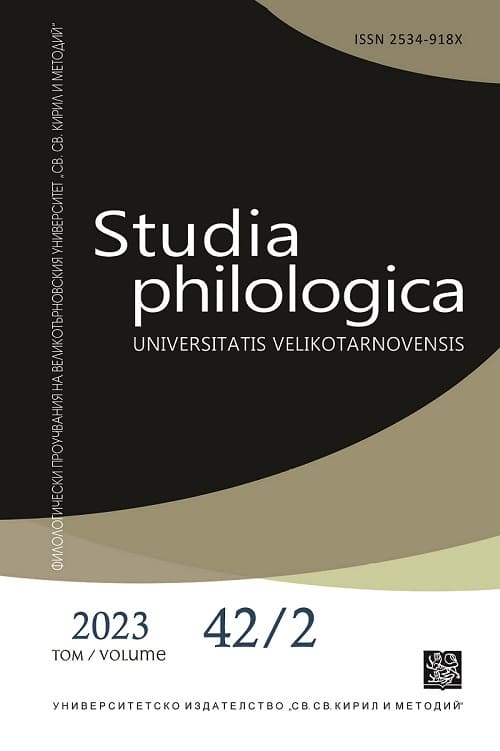
The article introduces the history of creation, the content and messages of the work “Mistero Buffo”. The main task of the text is to clarify the origin and essence of the term “grammelot”, as well as to follow its use as a theatrical language by Dario Fo in “Mistero Buffo”. Some of the translation difficulties that would be faced by future Bulgarian translators are also presented. The paper sets the task, by presenting the specifics and implications of the work, to provoke interest towards it on the part of the Bulgarian public, as well as the translation and theater community, and alco to accelerate its popularization by realizing the need for it to be translated and placed on the Bulgarian stage.
More...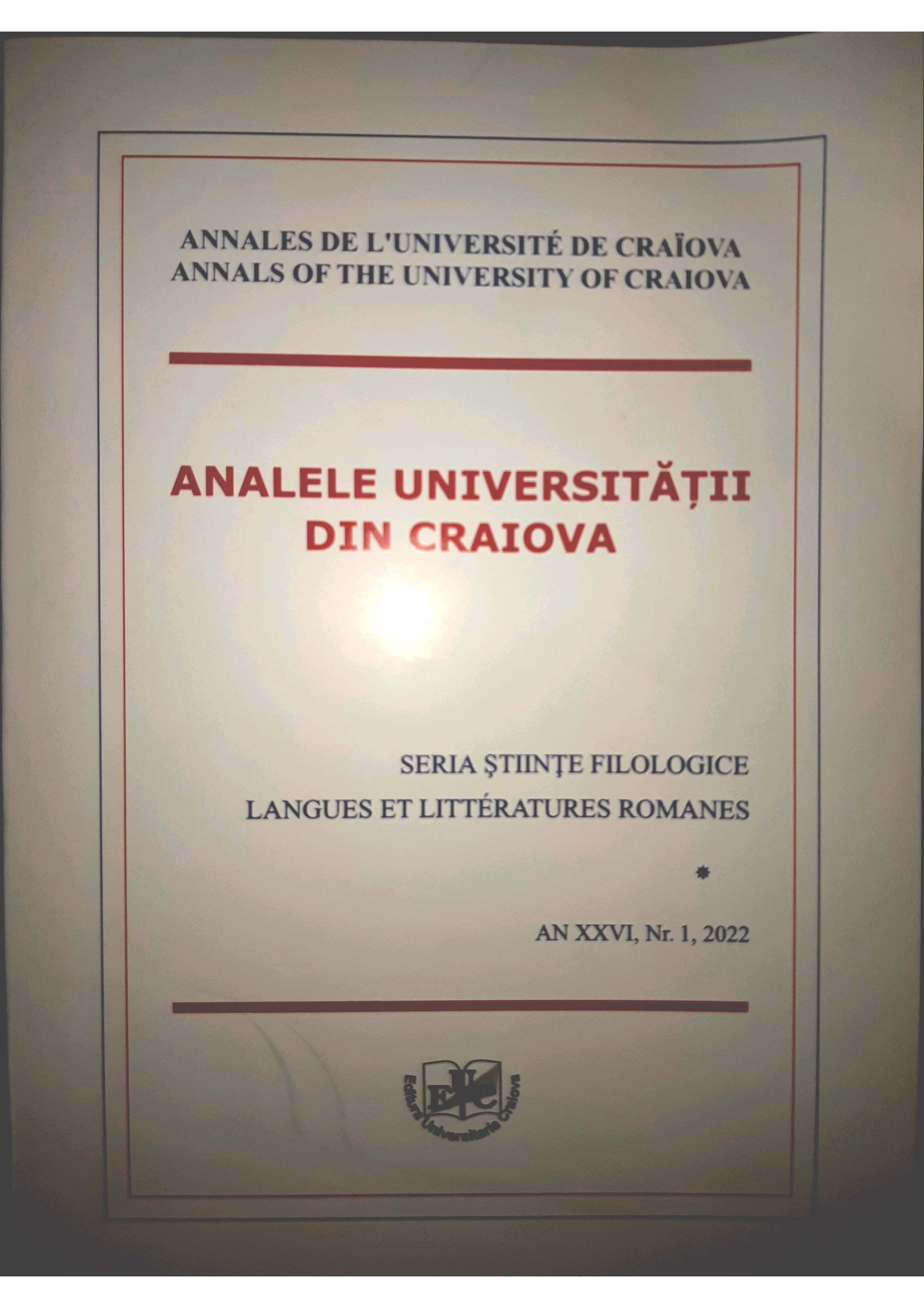
The first best seller of Balzac, the novel La Peau de Chagrin (1831) features more than a fantastic story about a pact with the devil and the destructive consequences it brings about. In reality, the adventure of the young intellectual Raphaël de Valentin reveals a moral and ontological significance, relying on the choice between an active life of frivolous pleasures and a calm life of domestic happiness. In this paper, we shall examine how the tragic destiny of the protagonist derives from his confusion between enduring happiness and the ephemeral pleasure offered by a hedonistic lifestyle, all within the social context of the birth of capitalism in the early 19th century.
More...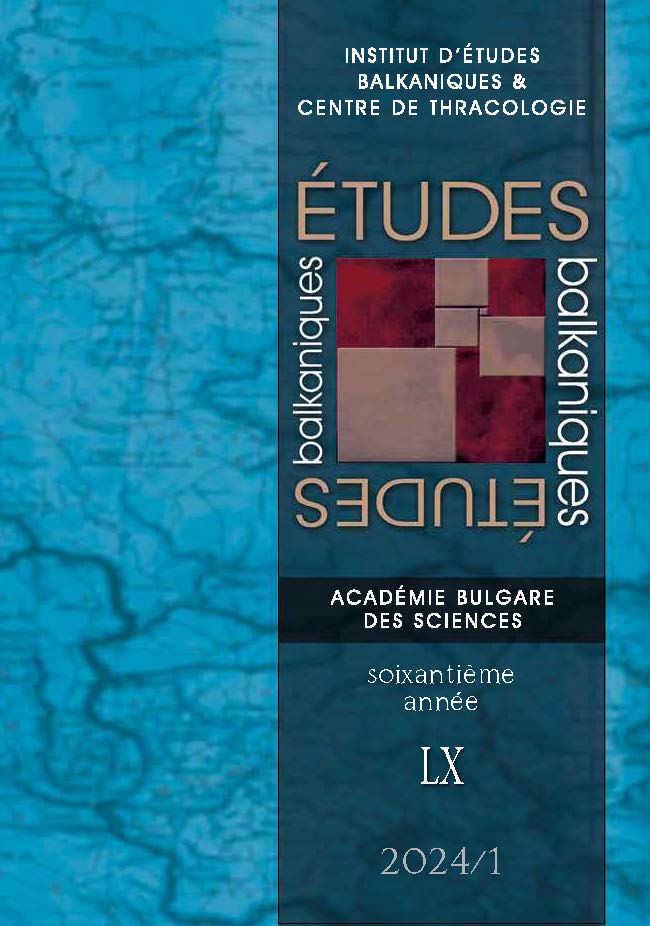
The article scrutinizes the content of a chrysobull allegedly promulgated by the Serbian Despot of Serrhai, Jovan Uglješa (1360 – 1371), for the Athonite Monastery of Simonopetra. The original of this act is lost and its only surviving variant is a confirmed copy authenticated by the Constantinopolitan Patriarch Cyril I Loukaris in 1623. The patriarchal confirmative charter offers the reader a text presumably issued by John Uglješa 359 years earlier, i.e. 1264. Starting from this evident discrepancy, the article analyses the text of Loukaris’s corroborated copy and argues which elements of this counterfeit are plausible and could be accepted as genuine and which could not. For better understanding of the Greek original, the full text of Loukaris’s charter is diplomatically published at the end of the article.
More...